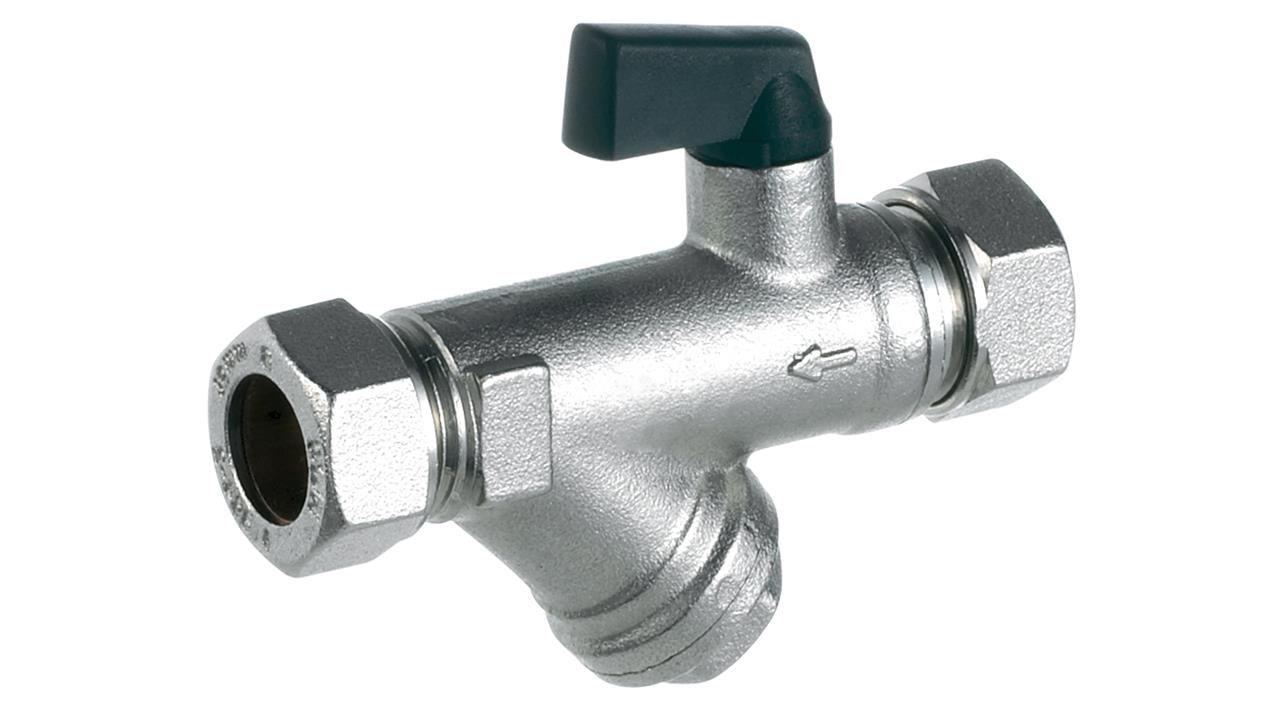

Water is often seen as the hidden utility. While it’s a basic requirement for every home and each of us uses around 1,000 litres a week, the impact of water consumption on the environment is often overlooked. But, with so much focus on improving the sustainability of new and existing properties, water conservation is a key part of the puzzle.
In practice, reduced water consumption means greater levels of efficiency, fewer emissions, and potentially financial savings through lower utility bills. To achieve this, installers have a key role to play, working with homeowners to implement innovative solutions such as flow regulation valves.
Homeowners thinking about reducing water consumption might see water-saving solutions as taking fewer showers or running the washing machine less frequently.
Water meters are also becoming more commonplace, with around 60% of homes having one installed. However, simply having a water meter doesn’t reduce consumption – it just allows usage to be more accurately monitored.
To conserve more water and benefit from reductions in usage, there are some straightforward solutions that can be implemented. In last issue’s column, we explained how PRVs can stabilise the flow rate of water entering a property and how a more stable water pressure can directly result in savings. But that’s only one part of the solution, and installers should also work with their customers to implement water-saving solutions, such as flow regulating valves, within the property.
By regulating the flow rate to certain appliances, water consumption can be optimised while still enabling individual appliances to operate effectively. Installers can identify which appliances work well at their set flow rate and which require a fluctuating flow rate to operate effectively, such as washing machines. By effectively managing the flow rate to individual appliances, homeowners – particularly those with a water meter installed – will see less fluctuation in their usage and bring reduced consumption overall.
The Floreg Isolating Valve from Reliance Valves can be installed to ensure the flow of water from a supply pipe is maintained at a desired level of between 4 and 15 litres per minute. In practice, this avoids excessive volumes of water from being fed to a particular appliance, actively reducing water usage and energy consumption within the home.
By optimising the efficiency of plumbing and heating systems, installers can have a tangible impact on their customers’ properties and underpin broader water conservation efforts. So, alongside being mindful of personal consumption, homeowners will be safe in the knowledge that their homes are actively optimising water usage at every appliance.
Find out how RWC, through its family of brands including JG Speedfit and Reliance Valves, are supporting improved home efficiency at www.rwc.com/uk
If you'd like to keep up-to-date with the latest developments in the heating and plumbing industry, why not subscribe to our weekly newsletters? Just click the button below and you can ensure all the latest industry news and new product information lands in your inbox every week.